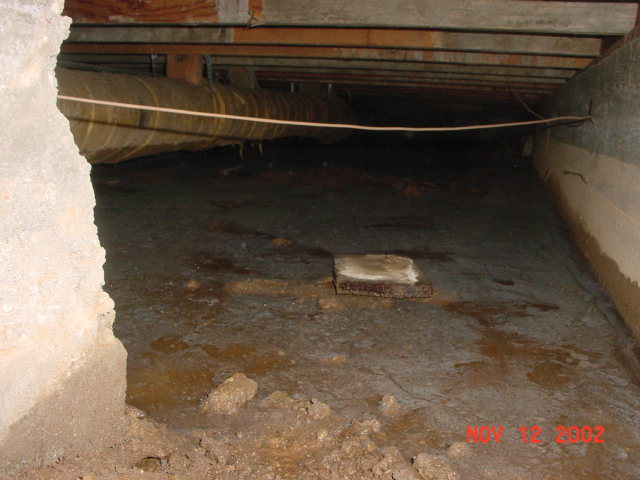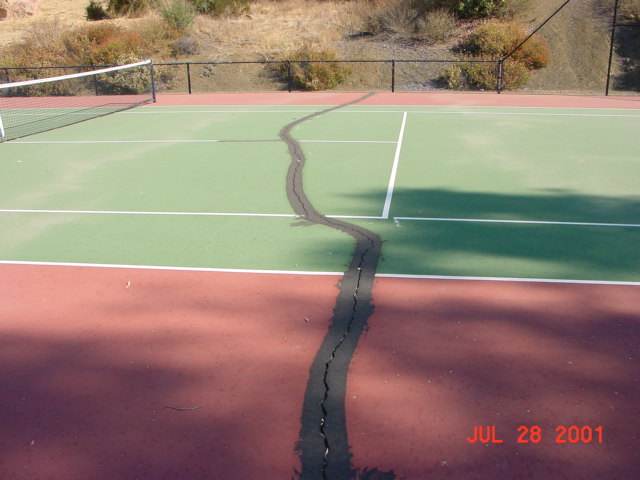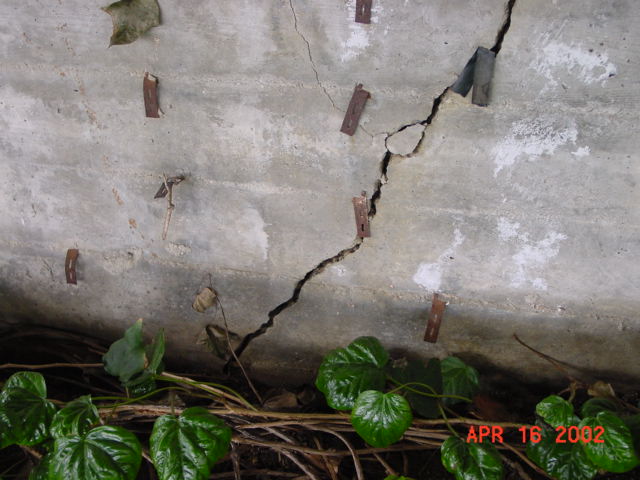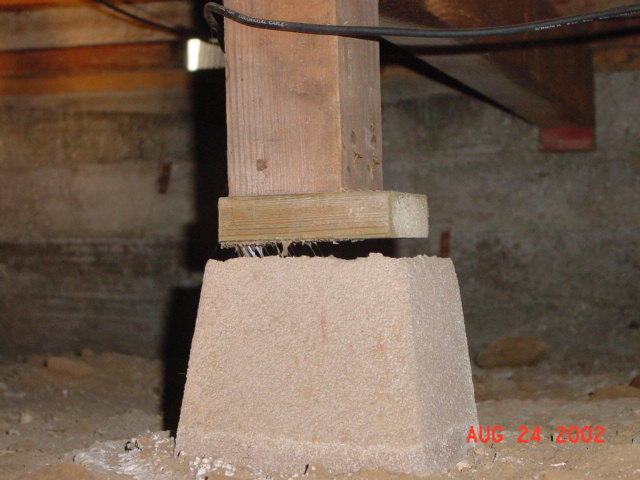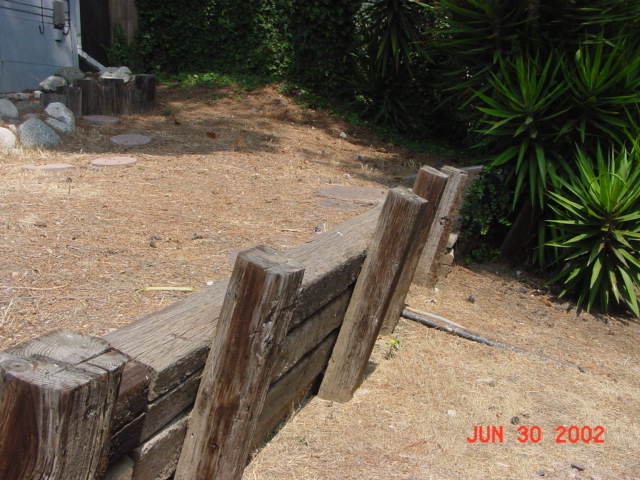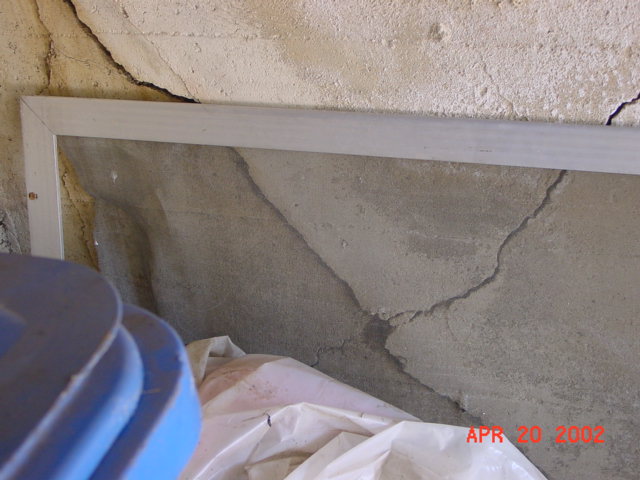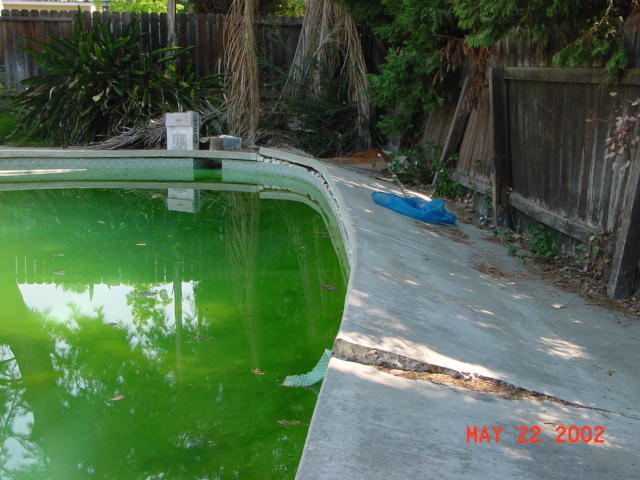|
No house is perfect. Even the best built and best maintained homes will always have a few items in less than perfect condition. Actually, one should be more careful when purchasing a new home as perhaps it has not had enough time to settle and show any adverse conditions. Below are some of the adverse conditions we most commonly find when inspecting a home: Drainage: The most common problem we encounter when inspecting properties is adverse drainage conditions. Poor drainage conditions are typically the cause of most other problems at a property. Adverse drainage conditions can lead to settlement or uplifting of structure, erosion or slope failure, and mold or termite infestation. Palos Verdes Water in Crawl Space Grading: Problems with poor grading can have a significant impact on structures. The grading techniques used in the past are outdated as recent experience with the Northridge Earthquake has demonstrated (i.e. significant slope failures, excessive settlement of poorly compacted fill soils, differential shaking of structures supported across cut-fill transition zones, etc.) Santa Clarita Cracked Tennis Court Due to Cut-Fill Transition Foundations: Foundations suitable for flat-lying properties may not be suitable for hillside areas. Presence of cracks in foundations should not be merely dismissed as common as they may be indicative of excessive settlement or uplifting due to expansive soils. Our philosphy is not just to provide a repair for a cracked foundation; we also try to determine and address the cause of the crack. Los Angeles Cracked Foundation Movement: In case of adverse soil conditions, structures may undergo some movement (settle or lift up). However, if the amount of movement is in excess of about 1 inch across a horizontal distance of about 30 feet, there is a potential for structural damage to the foundations, floor slabs, or the framing. Glassel Park Settlement Retaining Walls: The fact that a leaning and cracked retaining wall is still standing does not mean that it will do so in the future especially in case of heavy rains and/or strong earthquakes. Replacing retaining walls can be very costly. Brentwood Leaning Gardena Non-Engineered Retaining Wall Cracked Garage Retaining Wall Swimming Pools: Older pools were usually constructed before modern grading ordinances came in to effect. As a result, many of them sustain some form of cracking and or settlement requiring costly repairs. Thousand Oaks Distressed Swimming Pool Deck
|
